For generations, Disney films were synonymous with romance. The stories were simple yet irresistible: Cinderella’s transformation from servant to princess; Aurora awaiting her true love’s kiss; and Ariel trading her voice for a chance at love with a handsome prince.
However, it’s been 15 years since a Disney animated film has featured a romance-above-all storyline. Since 2010’s Tangled, in which heroine Rapunzel escapes from her tower with the help of Flynn Ryder, whom she falls in love with, Disney has pivoted from love stories to stories of self-identity (2015’s Inside Out), family relationships (2021’s Encanto), and self-empowerment (2023’s Wish).
This shift is a positive one: Disney+’s largest audience – children and teens aged 2-17 – enjoy a broader spectrum of stories beyond the traditional one-dimensional narratives featuring fairy tale endings. Last year, the Walt Disney Company even launched a multi-year campaign called “Create Your World,” encouraging young girls to “go beyond dreaming big, to doing big things.”
Disney’s animated films, from the 1930s to the 2020s, reflect the cultural values of the time periods in which they’re produced, conveying both traditional and modern expectations of women in the form of iconic Disney princesses.
A Tale of Tradition
Before the last decade-and-a-half of more progressive storylines with themes of empowerment, identity, courage, and diversity, Disney spent 72 years – from 1937 to 2009 – perpetuating the idea that a woman’s ultimate goal in life was to find a prince who could save her.
The first Disney princess debuted in 1937 in the first full-length animated movie, Snow White and the Seven Dwarfs. But while the film pushed the boundaries of animation, it did little to challenge the traditional gender roles of the era.
Mirroring an early-20th century America that expected women to learn to caretake, wait on their husbands, and fade into the background, Snow White’s character is powerless under the Evil Queen, her fate resting entirely on rescue by a handsome prince. The protagonist, in an ankle-length dress and delicate red bow adorning her hair, spends the majority of the film singing, homemaking, and cleaning a cottage for seven rambunctious dwarves. After a life of domestic duties, Snow White’s “happily ever after” is only achieved when Prince Florian intervenes.
Snow White has no agency over her own fate; instead, she is saved from eternal sleep by a kiss from a man.
These romance-driven tales were the recipe for Disney’s animated movies for decades after Snow White, reflecting the values and gender roles of the early- to mid-20th century.
Although some women gained the right to vote in 1920 when the 19th Amendment was ratified, women were still defined primarily through their relationships to men. By 1930, only 50% of single women, and 12% of married women, worked outside the home (a number that would rise to 40% in 1970, and to an all-time high of 78% in 2023).
In the 1950s, Disney produced three more romances during what later came to be known as their Silver Era: Cinderella in 1950 (protagonist rescued by the handsome Prince Charming), Lady and the Tramp in 1955 (protagonist rescued by the noble stray, Tramp), and Sleeping Beauty in 1959 (protagonist rescued by the handsome Prince Phillip).
Cinderella is a stereotype of femininity. She is perpetually kind, patient, self-sacrificing and able to attract a man with her blonde hair, blue eyes, and figure. She embodies the fairy tale’s perfect resolution: she comes from nothing, waits prettily for rescue, and gets the wealthy prince at story’s end.
Despite great gains for women’s rights in the 1960s and ‘70s, Disney’s Renaissance Era ushered in yet another bevy of romances – The Little Mermaid (1989), Beauty and the Beast (1991), Aladdin (1992), Pocahontas (1995), Hercules (1997), and Tarzan (1999).
Although the “princesses” in these films are more dynamic and diverse than the one-dimensional protagonists of the Silver Era, these films still feature female characters who are reliant on a male partner to defeat a villain or to achieve their dreams.
The Little Mermaid, in 1989, featured a love-before-everything theme seemingly borrowed from Disney’s earliest fairy tales. Ariel, a young mermaid with a beautiful voice, sacrifices her place in her ocean kingdom, her voice (both literally and metaphorically), and very identity (abandoning her world and family that shaped her) to the evil Ursela to pursue a romantic relationship with Prince Eric on land.
In 1991’s Beauty and the Beast, Belle rejects the arrogant, handsome Gaston in favor of delving into her books, but despite this atypical-for-Disney conflict, Belle spends the majority of the rest of the film pursuing a prince.
In Aladdin, Jasmine, demonstrating some autonomy, rejects her father’s arranged marriage, but she ends up falling for a boy – Aladdin – anyway.
“As I got older, I remember not understanding why these beautiful women would choose to marry men they did not even know, why they would get married at such a young age, and frankly, why their personalities were so boring,” Rebecca Stavert, biology teacher and Disney fan, said.
Even Pocahontas, which is based on England’s colonization of the Americas, creates a fictional love interest between Pocahontas and John Smith. Pocahontas had the opportunity to educate its young audience about Native Americans and their history, but instead, it twists history, Westernizing an indigenous woman and making her primary goal the love of an Englishman colonizer.
For a film released in 1995, it still looks like the Disney of the 1940s.
“As a history teacher, I have used Disney princess themes as lessons for gender roles and heroism,” Elizabeth Ureno, who grew up watching the Disney movies of the ‘90s, said. “In particular, Pocahontas, because it has many powerful messages about race and gender. As a child, I could recognize that Pocahontas and John Smith were fighting villains, but not enough to understand the complexities of historical race and gender conflicts.”
The feminist progress of the 1990s began to show women as more empowered and self-determined, whereas Ariel gave her power away, relying on her looks and flirtations to determine her fate.
The Romance Remission
A lot has changed in American society since Snow White and the Seven Dwarfs debuted in 1937. Women in 2025 are more empowered than ever to transcend a still male-dominated workforce, to prioritize their personal needs, and to stay unmarried.
Whereas Ariel gave her power away, relying on her looks and flirtations to determine her fate, the Disney films of the 2010s to the 2020s reflect the feminist progress of the 1990s — the princesses are empowered, independent.
Tangled, in 2010, marked the end of the conservative, romance-first era of Disney films, and launched a long overdue modern age of movie-making featuring feminist values and more complex, empowering storylines.
“What I enjoy most about Disney’s modern films is that they are teaching the next generation of women to be strong and independent, that they don’t need a man for anything,” Disney fan Olivia Gaitan (‘28) said.
In response to an increasingly global society, in part due to the instant connectedness through social media platforms like Facebook, Instagram, and TikTok, Disney has reimagined its heroines to reflect the lives of the diversity of girls around the world, girls who aspire for more in life than the kiss of a square-jawed prince.
For example, Tiana, in 2009’s The Princess and the Frog, is Disney’s first Black princess. She is ambitious and hardworking and aspires, not for a man, but to open her own restaurant.
But the shift from boy-crazy-to-empowered princesses was most exemplified when Merida – a Scottish, free-spirited, redhead – broke from tradition in the 2012 movie Brave. The film’s hero does everything in her power to avoid marriage to her three suitors, choosing instead to improve the relationship with her mother.
Moana also broke boundaries with its debut in 2016, depicting Moana, daughter of a Polynesian chief, making it her mission to prove herself a leader and save the Motunui island, not find love.
Disney’s deviation and risk-taking (at least for the very traditional and conservative corporation) in storytelling reflects wider societal change. Expectations for women are changing, and young girls in 2025 are more likely to encounter stories where the main characters are not just brave and intelligent, but also self-determined.
These movies especially resonate with girls who were born into Disney’s modern era.
“The new movies seem to be less about royalty and more about the average girl,” Disney fan Ellie Otto (‘28) said. “It’s so inspiring to little girls to see women being adventurous and doing what they love.”
Leah Cerna (‘27) said, “The modern Disney princess films feel meaningful because they show characters who are bold, true to themselves, and show that strength comes in many forms, which makes them inspiring and easy to connect with.”
“The new Disney princesses show that girls aren’t confined to being the ‘damsel in distress,’” Siena Codekas (‘27) said.
However, despite the progress of recent films, some Disney fans long for the classic “magic” to return with romantic plots.
Kailyn Rotblum (‘28) agrees that Disney’s messages are beneficial, but wishes the films would still include depictions of romantic love.
“It would be nice for Disney to still have fully fleshed out characters, but to allow them to have romantic relationships because that’s a part of life,” Rotblum said.
As disappointing as the romance-free movies are for some, ticket sales at the box office have never been higher.
Frozen (2013) and Frozen II (2019) grossed $1.28 and $1.45 billion, respectively, revealing that audiences would rather see heroines forging their own paths than paths forged by men.
“[The] princesses always had a good ending and the princes always got their way,” Natalie Tsang (‘28), who grew up on Disney films, said. “The romantic side of Disney was a really good idea at the time, but now, [in 2025], it’s ineffective.”
The sisterhood between the two female characters in Frozen — Anna and Elsa — centers around a shared love for adventure. Elsa’s journey of self-discovery (and catchy songs), captivates young girls who admire self-reliant women — they look beyond domestic life and ahead to countless possibilities.
Today, women in the U.S. are relying less on men. According to Pew Research Center, women have gone from making up 30% of the labor force in 1950 to 47% in 2023; women surpassed men in the U.S. college-educated workforce in 2019; and women who earn as much or more than their husband tripled between 1972 and 2022. (However, despite the increase, women still only earned 82 cents for every dollar earned by a man on average in 2019.)
The evidenced empowerment of women in professional work aligns with Disney’s move away from their traditional, romance-centered storylines.
Similarly, Disney has reflected 21st century movements and ideas in their recent work – women’s empowerment (Moana and Frozen), diversity (The Princess and the Frog and 2021’s Raya and the Last Dragon), LGBTQ+ representation (2022’s Strange World), and mental health awareness (Inside Out and Inside Out 2).
In 2024, Inside Out 2 surpassed Frozen as the highest-grossing animated film in history, testament to Disney’s audiences craving complex storylines and characters more representative of themselves. While pre-teen Riley experienced her emotions in disarray as she navigated a new life in San Francisco (and then a new high school and hockey team in the sequel), Disney normalized complex emotions and brought pre-teen and teen mental health to the big screen.
As Disney increasingly prioritizes emotional depth, personal growth, and more authentic coming-of-age stories over traditional romantic tropes, a new generation is being shaped and challenged with more agency and responsibility.
Along with a shift from romance-centered animated films, Disney has begun reframing their classic romance-era animated films in live-action adaptations, updating some of their themes to align with modern values.
The producers behind the 2015 live-action adaptation of Cinderella emphasized the mantra “have courage and be kind” and allowed Cinderella more self-determination than in the classic film.
Similarly, In the 2019 adaptation of Aladdin, Jasmine isn’t just upset by her father’s refusal to let her marry the man she wants, but her father’s refusal to consider her for sultan because she’s a woman.
The Fairytale Reimagined
Today, when young girls think of Disney movies, they picture Merida confidently drawing her bow on a mighty steed, her untamed curls flowing behind her. They see Tiana, saving every penny to turn her dream of owning a restaurant into a reality. And Moana with her heroic journey to save her island, battling fire monsters, and discovering her true identity along the way.
In the real world, women still face obstacles. They lag behind men in pay and are underrepresented in top leadership roles with only 11% of Fortune 500 company CEOs being women.
But as Disney redefines its heroes and moves further away from the romance-centered plots, it’s not just telling new stories – it’s inspiring new generations of fans.
Today’s girls aspire to boundary-breaking professions, leadership positions, the forging of their own paths, and choosing the life – and the man – they want (or not).



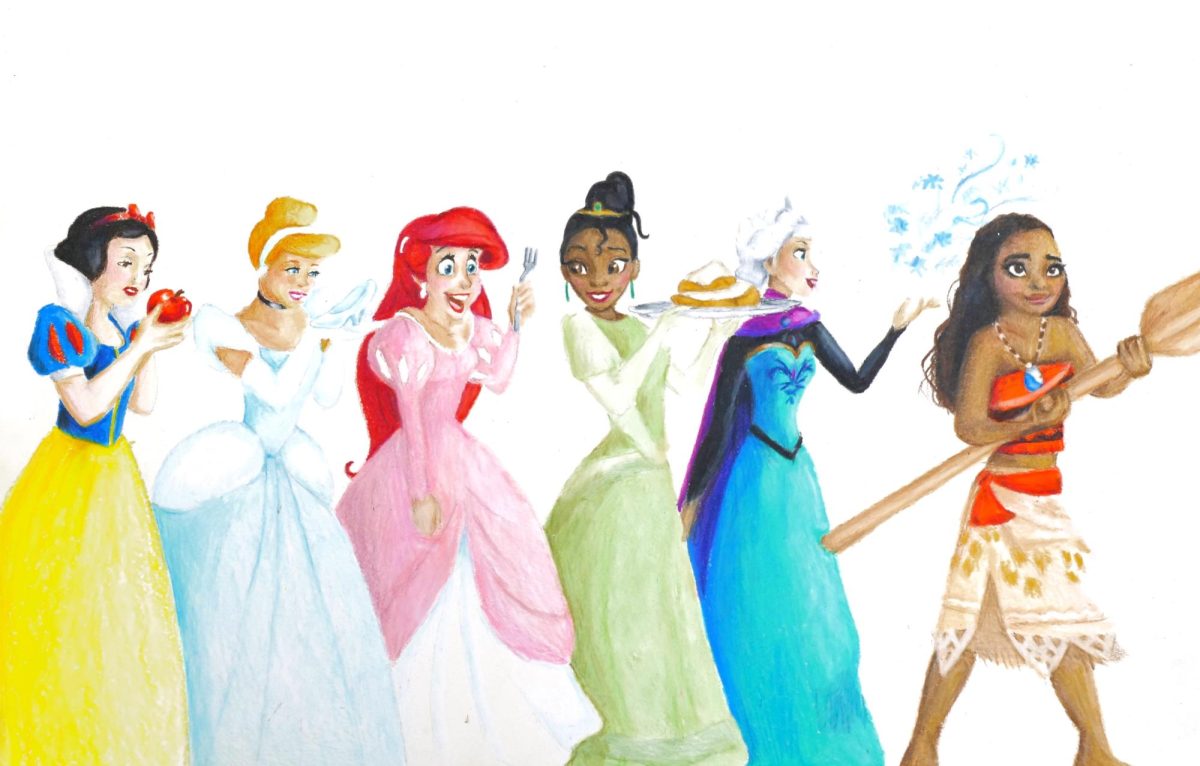
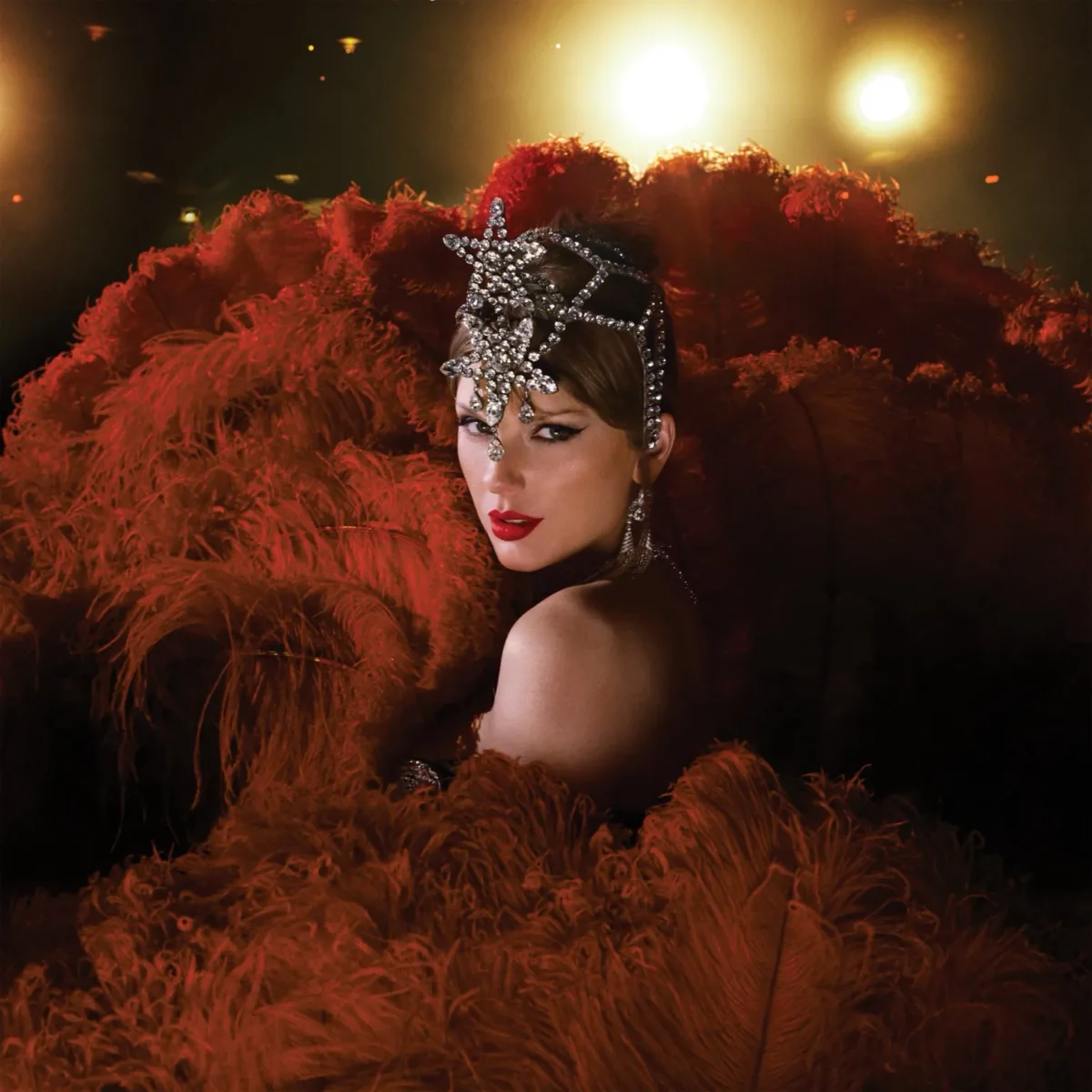
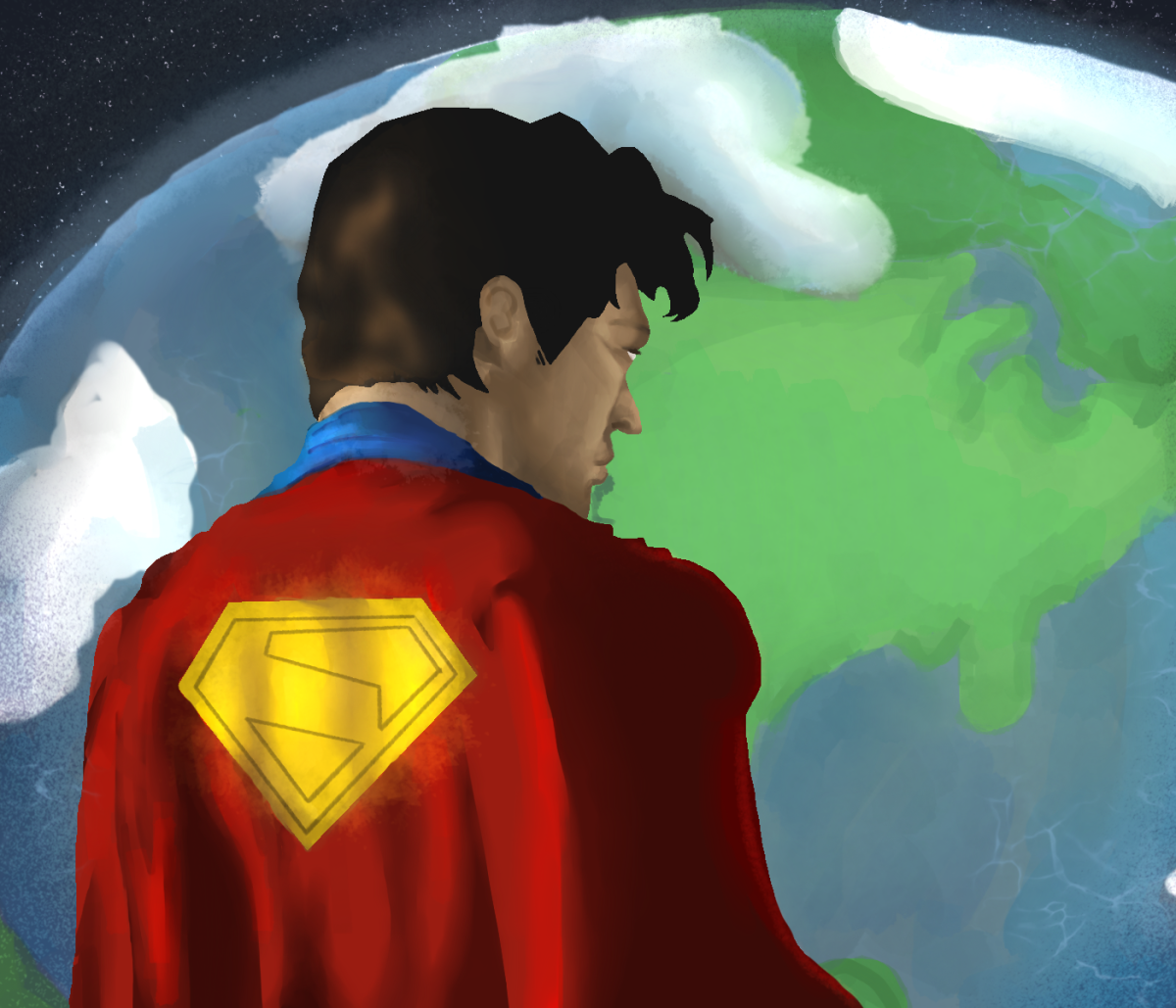
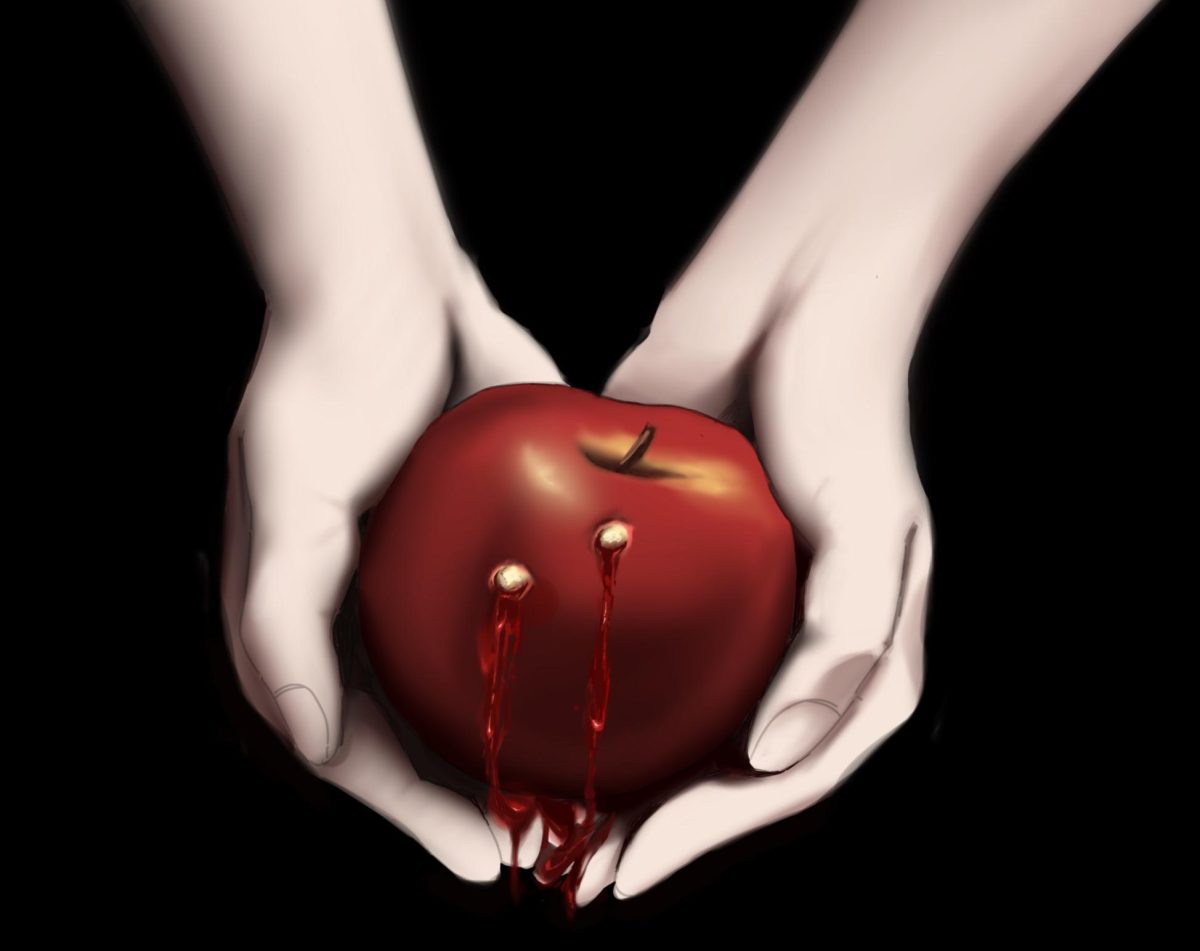
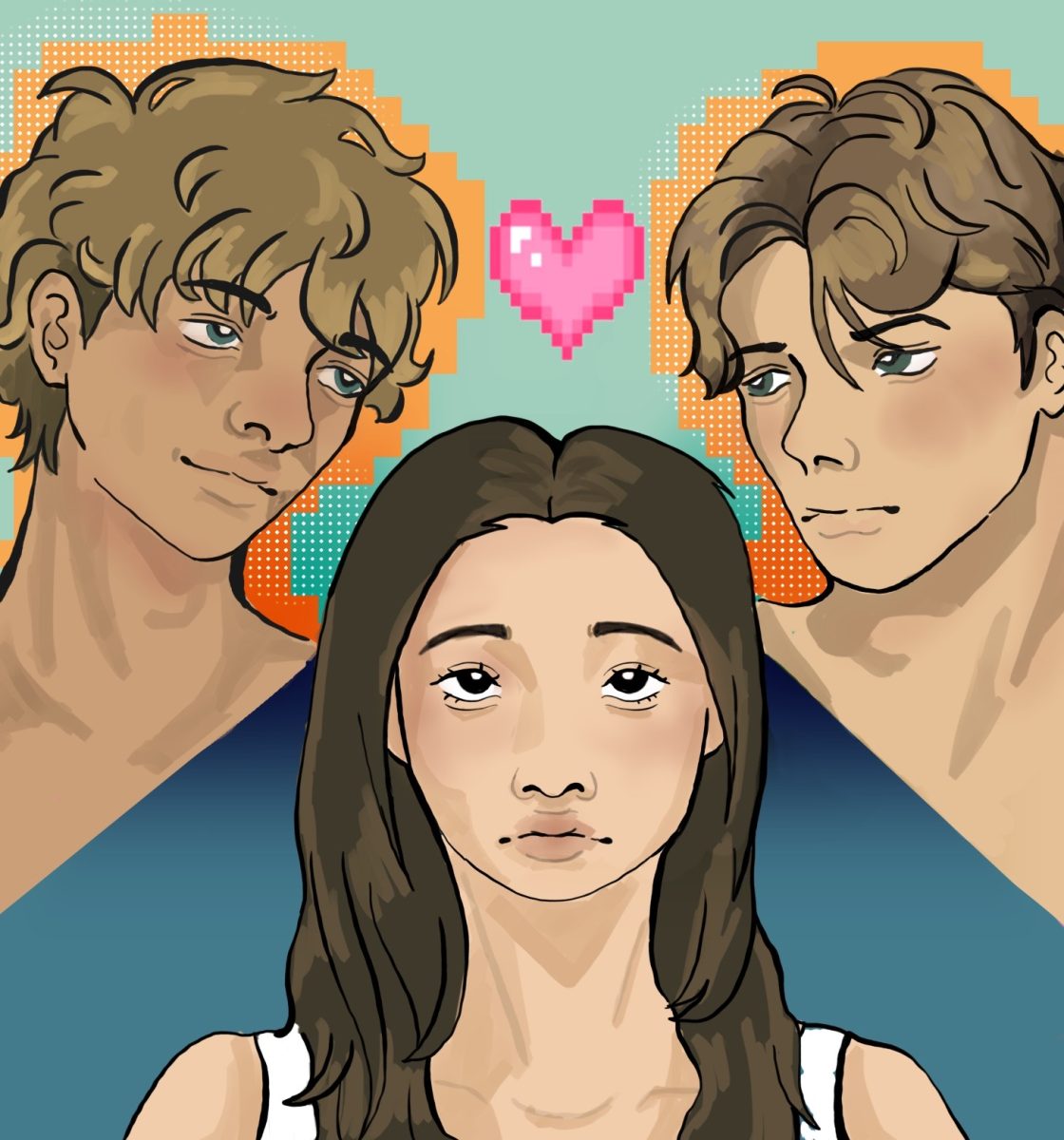
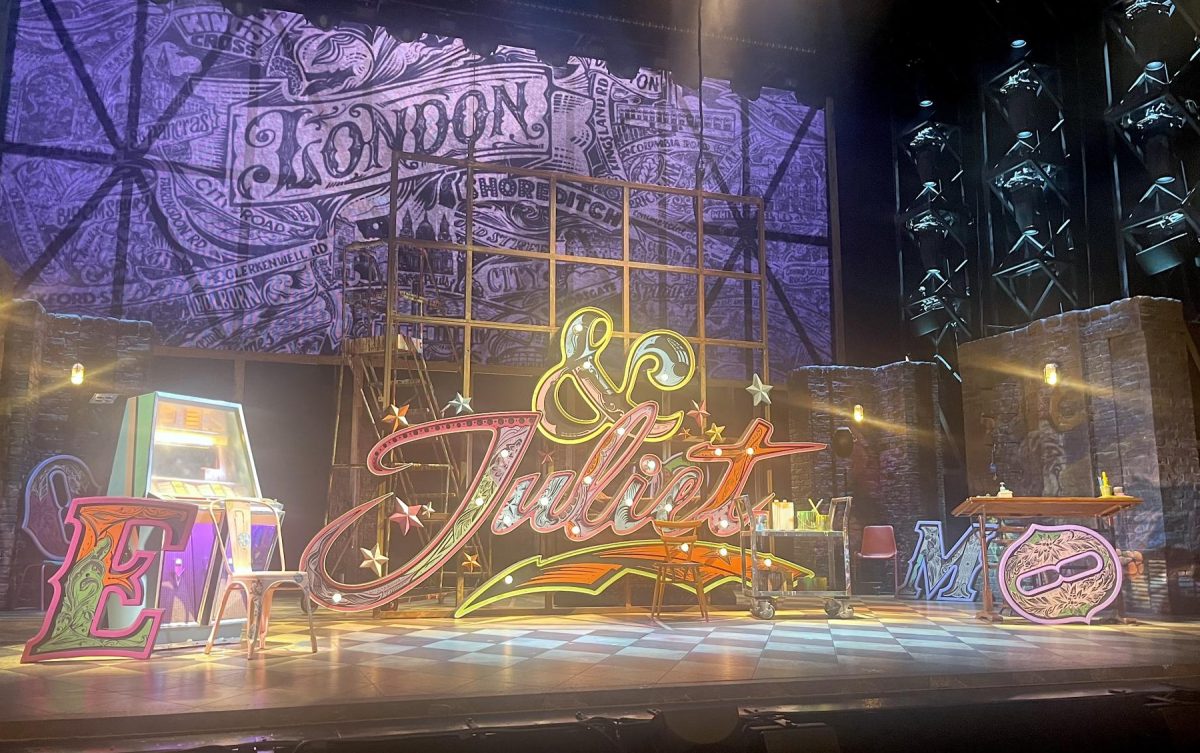
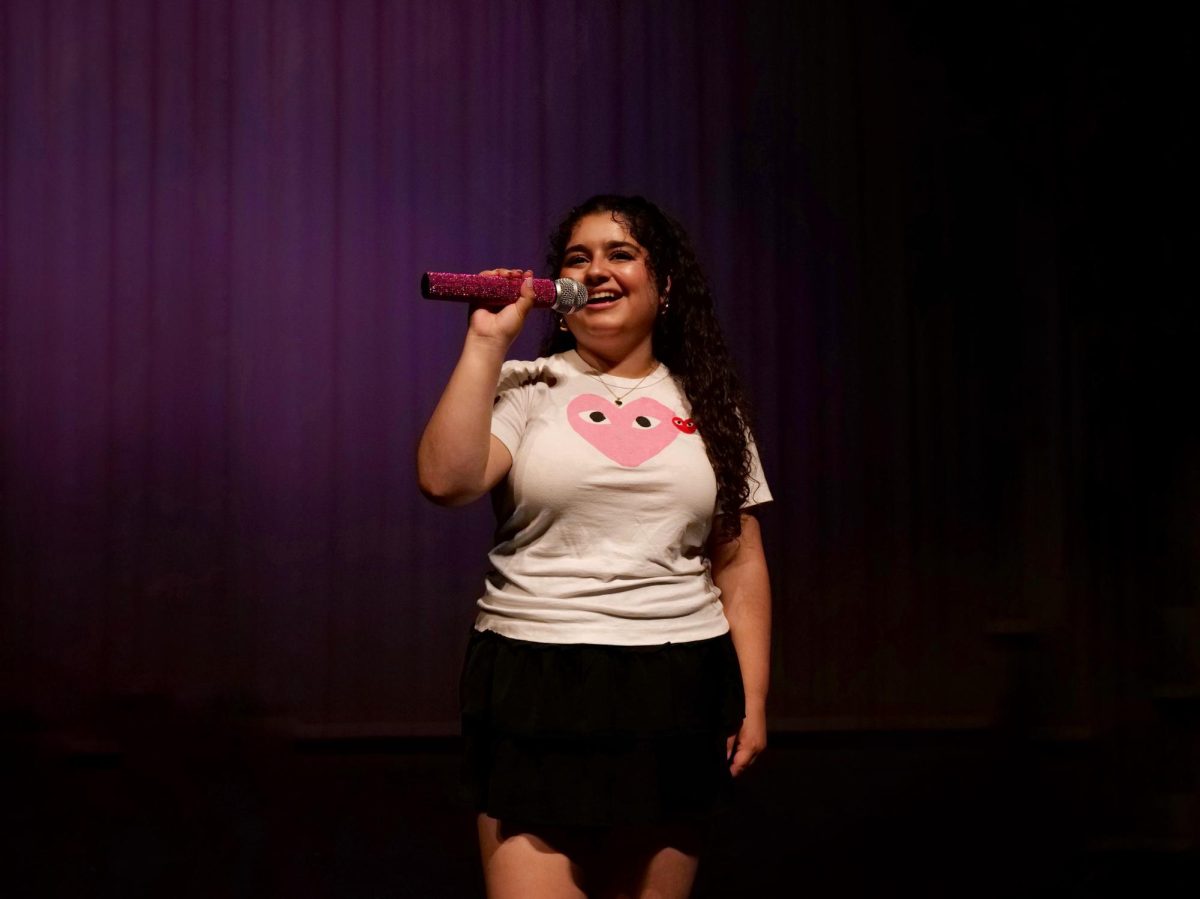

Natalie Hewitt • Feb 5, 2025 at 5:28 pm
What an excellent overview of Disney princesses, as well an honest, critical examination of the cultural significance of these stories. The analysis and reporting here are top notch!
Sam Barrett • Feb 4, 2025 at 5:42 pm
Great article. Gonna make sure all 3 of my girls read it!
Adeline Robertson • Feb 4, 2025 at 5:34 pm
I love this!!
Kristine Nethers • Feb 4, 2025 at 3:57 pm
So interesting!
Stephanie Matheny • Feb 4, 2025 at 2:00 pm
Excellent article! I’m so glad that Disney has shifted over the years to portraying girls and women in a much more interesting and empowering light!